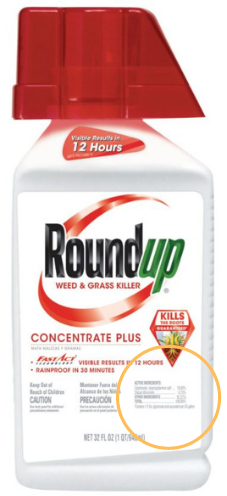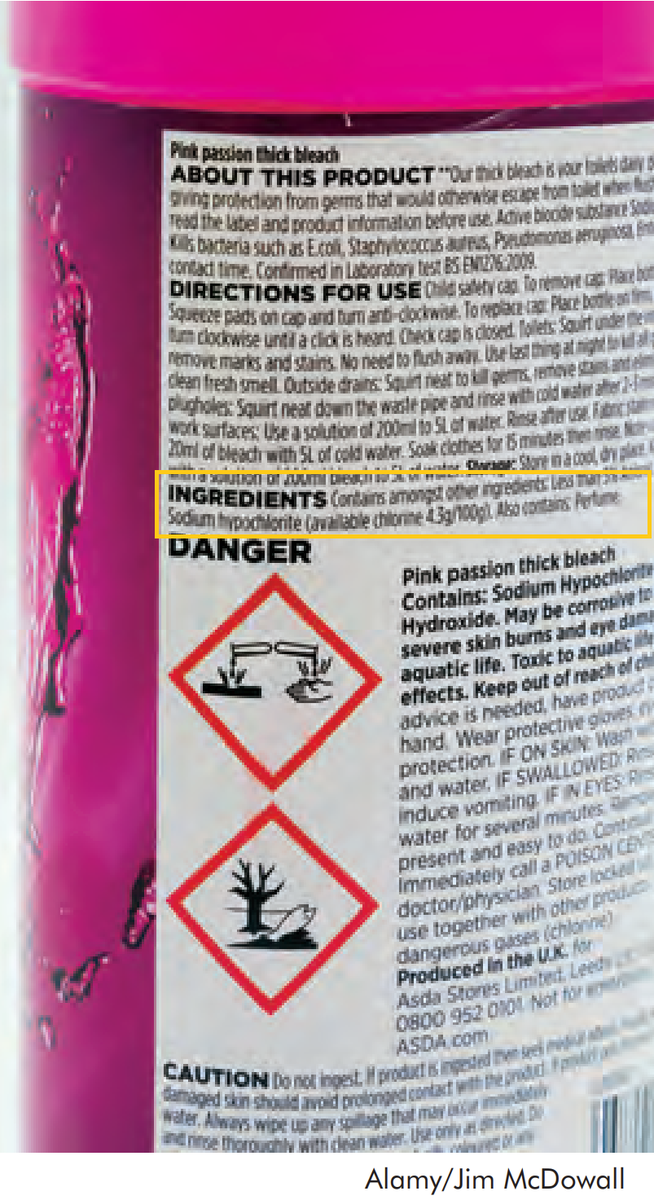Gateway on Pesticide Hazards and Safe Pest Management
How To Find Ingredients in Pesticide Products
Beyond Pesticides offers resources below to evaluate the health and ecological effects of specific chemical exposure from ACTIVE INGREDIENTS in pesticide products, as well as regulatory information and supporting scientific documents. Because various pesticide products can contain more than one active ingredient, it is important to READ the LABEL to determine chemical components.
With 192 different active ingredients and counting, it is essential to establish the connection between the use of these chemicals and their respective hazards.
View the step-by-step guide on how to search for the active ingredient(s) in pesticide products below:
- Go to U.S. EPA's Pesticide Product and Label System and enter the product name. The generic product name may vary.
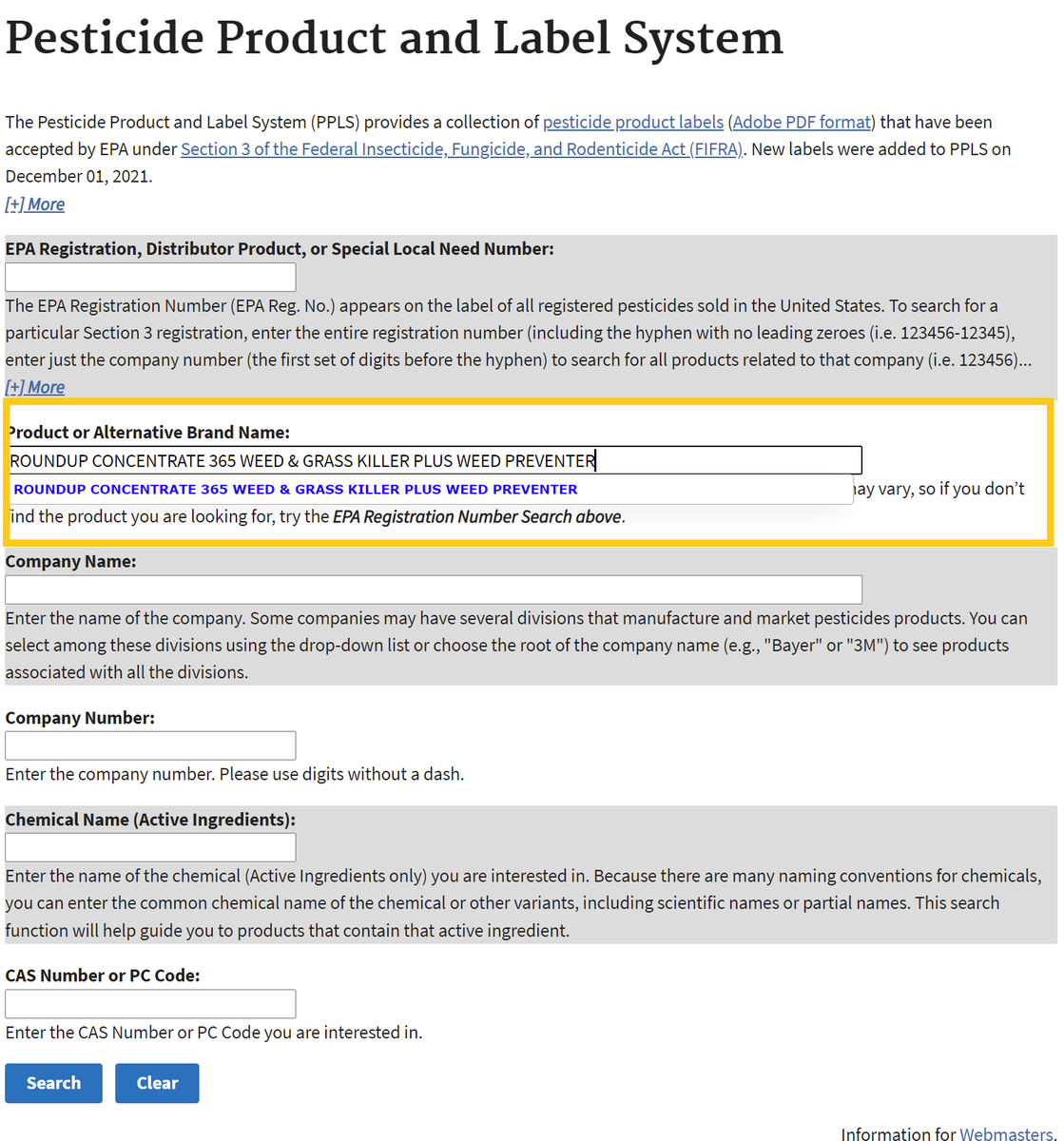
- After searching, click on the chemical ingredients tab or the link for the most recent label to find Active Ingredients.
Chemical List Label List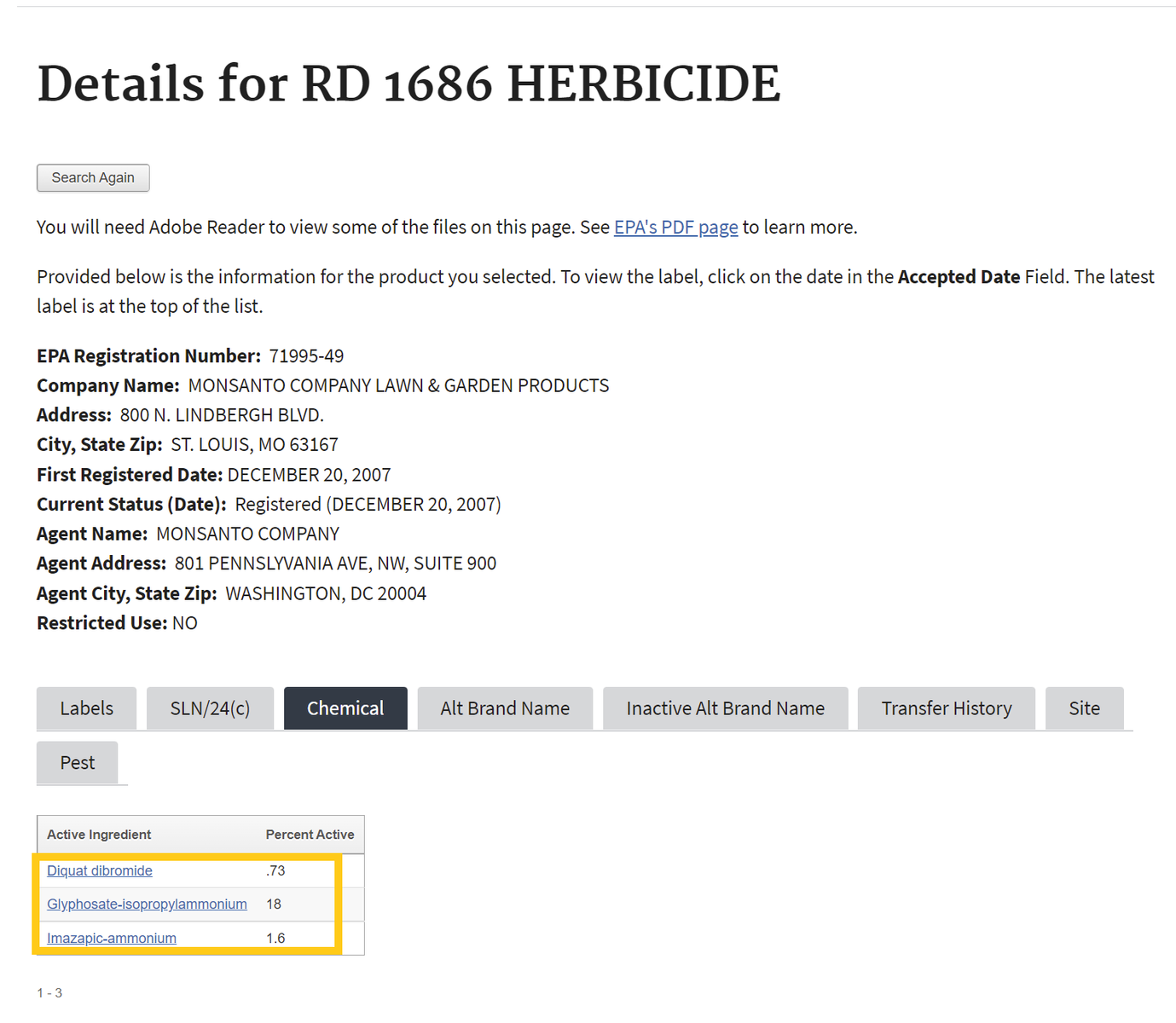
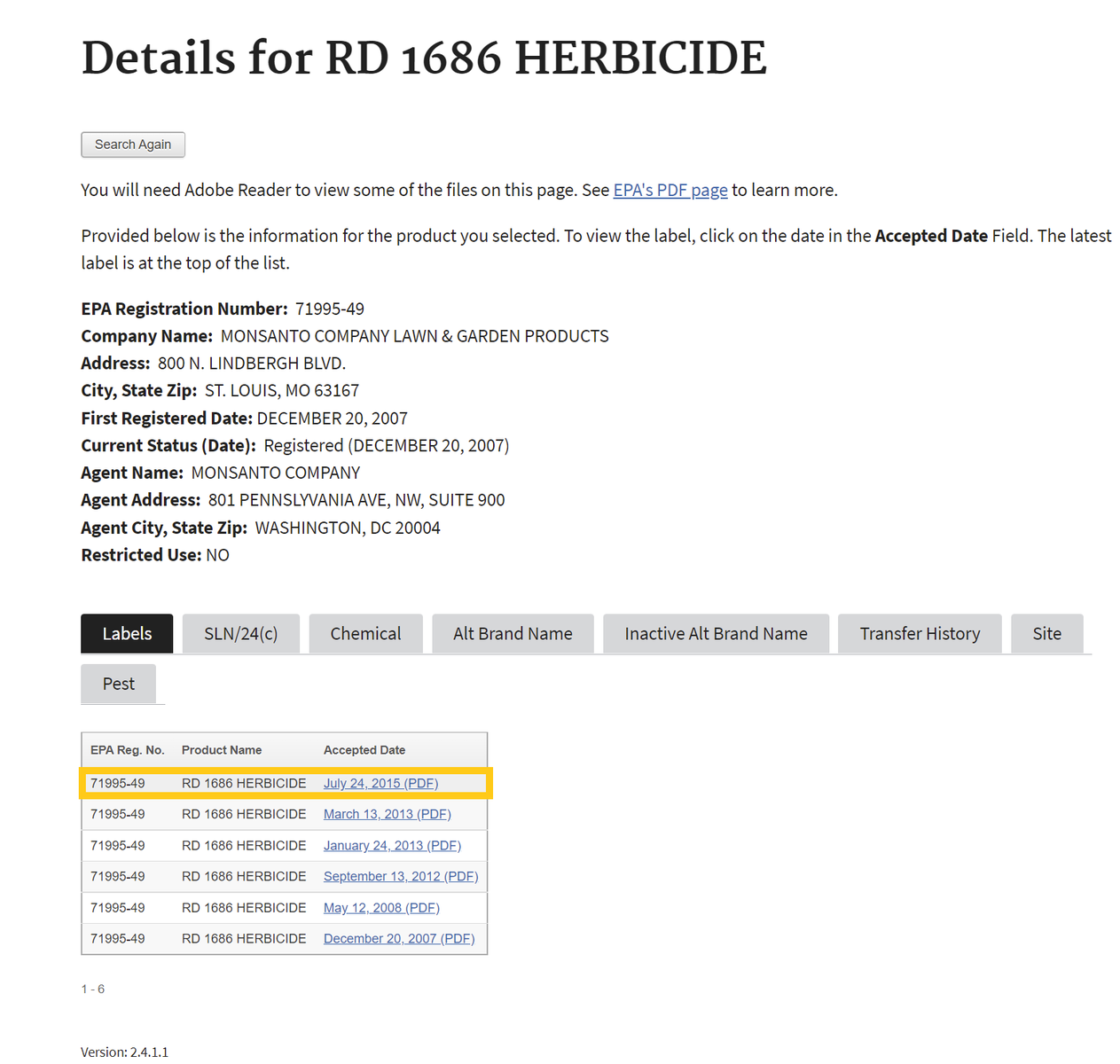
If one selects the chemical ingredients tab, skip to Step 4 . If not, proceed to step number 3 - To find the active ingredient(s) on the label, search for the page in the document containing the date of registration. Usually, the active ingredients section occurs within the first few pages of the label document.
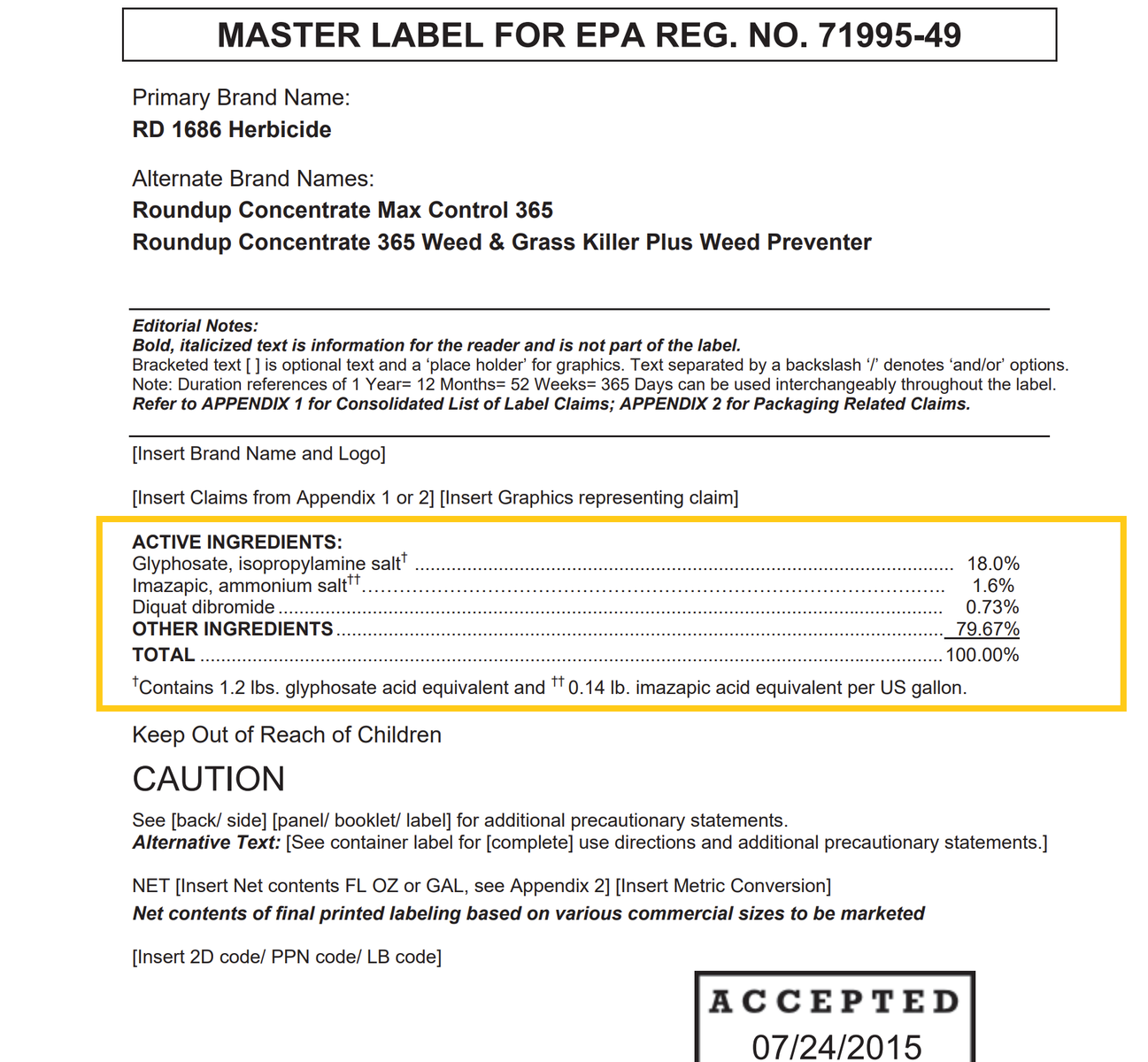
- Return to the Beyond Pesticides Gateway and search for the active ingredient name in the yellow box to the right or from the list below.
Dinotefuran
General Information
- Product Names:
- Chemical Class: Neonicotinoid insecticide
- Uses: Agriculture, lawns/golf course
- Alternatives: Organic agriculture, lawns/landscapes, golf course
- Beyond Pesticides rating: Toxic
Health and Environmental Effects
- Cancer: Not likely (39)
- Endocrine Disruption: Potential (48)
- Reproductive Effects: Yes (39)
- Neurotoxicity: Yes (48)
- Kidney/Liver Damage: Not documented
- Sensitizer/ Irritant: Not documented
- Birth/Developmental: Not documented
- Detected in Groundwater: Not documented
- Potential Leacher: Not documented
- Toxic to Birds: Not documented
- Toxic to Fish/Aquatic Organisms: Not documented
- Toxic to Bees: Yes (39)
Residential Uses as Found in the ManageSafe™ Database
Additional Information
- Regulatory Status:
- Supporting information:
- Pesticides and Pollinators: Chemicals Implicated in CCD
- Poisoned Waterways (Beyond Pesticides, 2017)
- Net Loss—Economic Efficacy And Costs Of Neonicotinoid Insecticides Used As Seed Coatings: Updates From The United States And Europe (Center for Food Safety, 2016)
- Heavy Costs: Weighing the Value of Neonicotinoid Insecticides in Agriculture (Center for Food Safety, 2014)
- The Xerces Society - Neonicotinoids and Bees
- Forest Service Human Health and Ecological Risk Assessment (04/2009)
- Studies:
- Effects of neonicotinoid pesticide exposure on human health: a systematic review. Cimino AM, Boyles AL, Thayer KA, Perry MJ. 2017. Environ Health Perspect. 125:155–162
- Neonicotinoid insecticides promote breast cancer progression via G protein-coupled estrogen receptor: In vivo, in vitro and in silico studies. Li, X., He, S., Xiao, H., He, T.T., Zhang, J.D., Luo, Z.R., Ma, J.Z., Yin, Y.L., Luo, L. and Cao, L.Y., 2022. Environment International, 170, p.107568.
- Neonicotinoids: Still present in farmland birds despite their ban. Fuentes, E., Gaffard, A., Rodrigues, A., Millet, M., Bretagnolle, V., Moreau, J. and Monceau, K., 2023. Chemosphere, 321, p.138091.
- Prevalence of neonicotinoid insecticides in paired private-well tap water and human urine samples in a region of intense agriculture overlying vulnerable aquifers in eastern Iowa. Thompson, D.A., Kolpin, D.W., Hladik, M.L., Lehmler, H.J., Meppelink, S.M., Poch, M.C., Vargo, J.D., Soupene, V.A., Irfan, N.M., Robinson, M. and Kannan, K., 2023. Chemosphere, 319, p.137904.
- Infantile Internal and External Exposure to Neonicotinoid Insecticides: A Comparison of Levels across Various Sources. Zhang, H., Wang, Y., Zhu, H., Lu, S., Wang, Y., Xue, J., Zhang, T., Kannan, K. and Sun, H., 2023. Environmental Science & Technology, 57(13), pp.5358-5367.
- Acute toxicity of 6 neonicotinoid insecticides to freshwater invertebrates. Raby, M., Nowierski, M., Perlov, D., Zhao, X., Hao, C., Poirier, D. G., & Sibley, P. K. (2018). Acute toxicity of 6 neonicotinoid insecticides to freshwater invertebrates. Environmental toxicology and chemistry, 37(5), 1430–1445. https://doi.org/10.1002/etc.4088
- Exposure to neonicotinoid pesticides induces physiological disorders and affects color performance and foraging behavior in goldfish. Kakuta, I., & Takase, K. (2024). Exposure to neonicotinoid pesticides induces physiological disorders and affects color performance and foraging behavior in goldfish. Physiological Reports, 12, e16138. https://doi.org/10.14814/phy2.16138
- Effect of Pesticides on Adult Rove Beetle Atheta coriaria (Coleoptera: Staphylinidae) Survival in Growing Medium. Raymond A. Cloyd, Nicholas R. Timmons, Jessica M. Goebel, Kenneth E. Kemp, Effect of Pesticides on Adult Rove Beetle Atheta coriaria (Coleoptera: Staphylinidae) Survival in Growing Medium, Journal of Economic Entomology, Volume 102, Issue 5, 1 October 2009, Pages 1750–1758, https://doi.org/10.1603/029.102.0504
- Occurrence of Current-Use Pesticides in Paired Indoor Dust, Drinking Water, and Urine Samples from the United States: Risk Prioritization and Health Implications. Xie, Y., Li, J., Salamova, A., & Zheng, G. (2025). Occurrence of Current-Use Pesticides in Paired Indoor Dust, Drinking Water, and Urine Samples from the United States: Risk Prioritization and Health Implications. Environmental science & technology, 59(25), 12507–12519. https://doi.org/10.1021/acs.est.5c00961
- Sub-lethal effects of six neonicotinoids on avoidance behavior and reproduction of earthworms (Eisenia fetida). Ge, Jing et al. “Sub-lethal effects of six neonicotinoids on avoidance behavior and reproduction of earthworms (Eisenia fetida).” Ecotoxicology and environmental safety vol. 162 (2018): 423-429. doi:10.1016/j.ecoenv.2018.06.064








.png)
